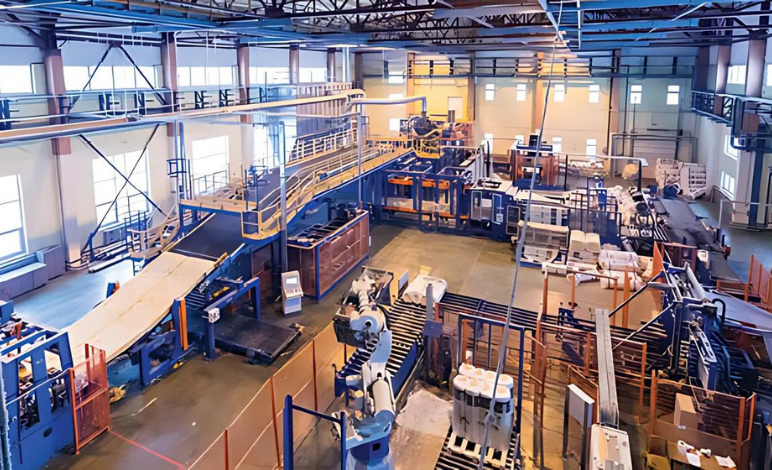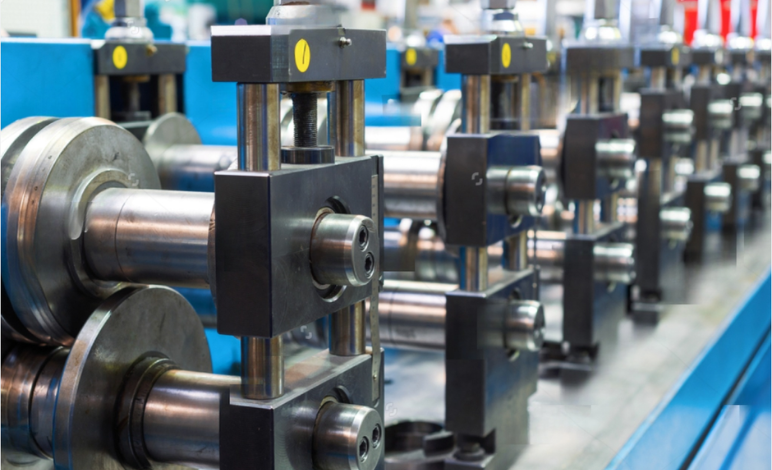
How to Choose the Right Bending Machine for Your Needs
Choosing the right bending machine involves understanding multiple factors, including material type, thickness, bending angles, and production volume. Many businesses face challenges such as limited budgets, varying project requirements, and the need for flexibility in operations. Additionally, the rapid advancement of technology means that outdated machines may hinder productivity and quality. Without a clear understanding of your needs and the options available, investing in a bending machine can lead to costly mistakes, including decreased efficiency, increased operational costs, and wasted resources.
how can you effectively choose the right bending machine that aligns with your specific requirements? What factors should you consider to ensure you make an informed decision? By answering these questions, you can identify the best machine for your operations and set yourself up for success in your projects.
Define Your Project Requirements
Before diving into the various types of bending machines, it’s essential to define your project requirements clearly. Consider the following factors:
Material Type: Different materials (like steel, aluminium, or plastic) require specific bending techniques. Knowing the materials you will work with helps narrow down your options. Thickness and Size: Determine the maximum thickness and dimensions of the materials you will be bending. Each machine has limits, so understanding your needs ensures you select a machine that can handle your materials. Bending Angles: Identify the angles you need for your projects. Some machines can achieve acute angles, while others are better suited for obtuse bends. Production Volume: Consider how many pieces you need to produce. High-volume production may require a more advanced, automated machine, while low-volume projects may allow for simpler, manual options. Press Brake: This is one of the most versatile bending machines, used for making precise bends in sheet metal. It uses a punch-and-die system to achieve the desired angle.Roll Bender: Ideal for creating curves and round shapes, roll benders work by feeding the material through three rolls that gradually shape it into the desired form. Tube Bender: Designed specifically for bending pipes and tubes, this machine is essential for industries like automotive and construction. Tube benders can create bends without flattening the material.CNC Bending Machine: Computer Numerical Control (CNC) bending machines are automated and programmable, making them perfect for high-precision work and complex projects.
Consider the Machine’s Capacity and Features
When selecting a bending machine, it’s vital to consider its capacity and features, which can impact your productivity and efficiency. Here are key aspects to evaluate:
Bending Capacity: Look for machines that can handle the maximum thickness and size of the materials you intend to use. Each machine has specifications that detail its capacity, which is crucial for achieving consistent results. Speed and Efficiency: The speed at which a machine can operate affects your production timelines. Consider machines that offer higher speeds without compromising quality, especially if you have tight deadlines. Ease of Use: A user-friendly machine with intuitive controls will reduce training time and help your team work more efficiently. Look for features like digital displays and programmable settings. Safety Features: Safety should always be a priority. Choose machines that come with safety guards, emergency stop buttons, and other safety features to protect your workers.
Evaluate Your Budget
Budgeting is a critical aspect of any equipment purchase. Bending machines can range significantly in price, so it’s essential to establish a realistic budget before starting your search. Consider the following:
Initial Costs: Determine how much you can afford to spend on a bending machine. Keep in mind that higher-end machines may offer more features and better efficiency, but they also come with a higher price tag. Operational Costs: Consider the long-term operational costs, including maintenance, energy consumption, and potential training for your team. Sometimes, a lower-priced machine can end up costing more in the long run if it requires frequent repairs or is less efficient.Return on Investment (ROI): Evaluate how the machine will impact your overall productivity and profitability. A machine that allows you to produce more parts in less time can provide a significant ROI, justifying a higher initial investment.
Research Suppliers and Manufacturers
After narrowing down your options based on your requirements and budget, it’s time to research suppliers and manufacturers. A reliable supplier can make a significant difference in your overall experience. Here are some tips for choosing the right supplier:
Reputation: Look for suppliers with positive reviews and a solid reputation in the industry. A good supplier will be knowledgeable about their products and provide excellent customer support.Warranty and Support: Check the warranty options and after-sales support offered by the supplier. A strong warranty can protect your investment, and reliable support can help you troubleshoot any issues that arise.Demo and Testing: If possible, request a demonstration of the machine before making a purchase. This allows you to see the machine in action and assess whether it meets your needs.





